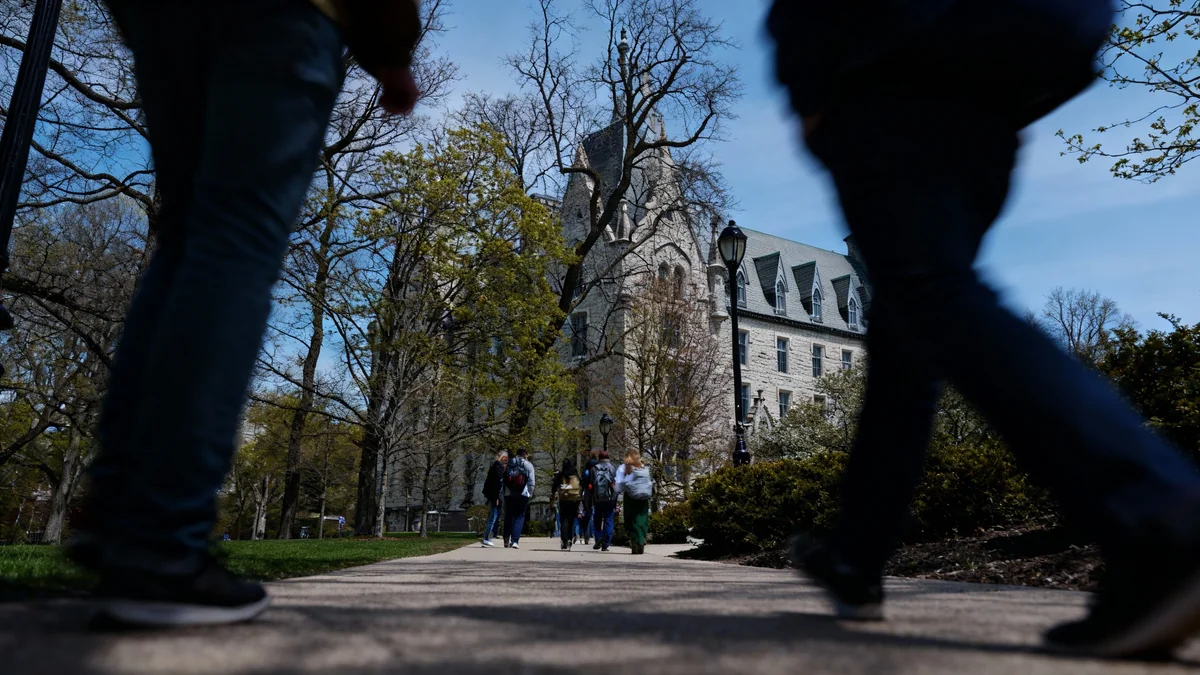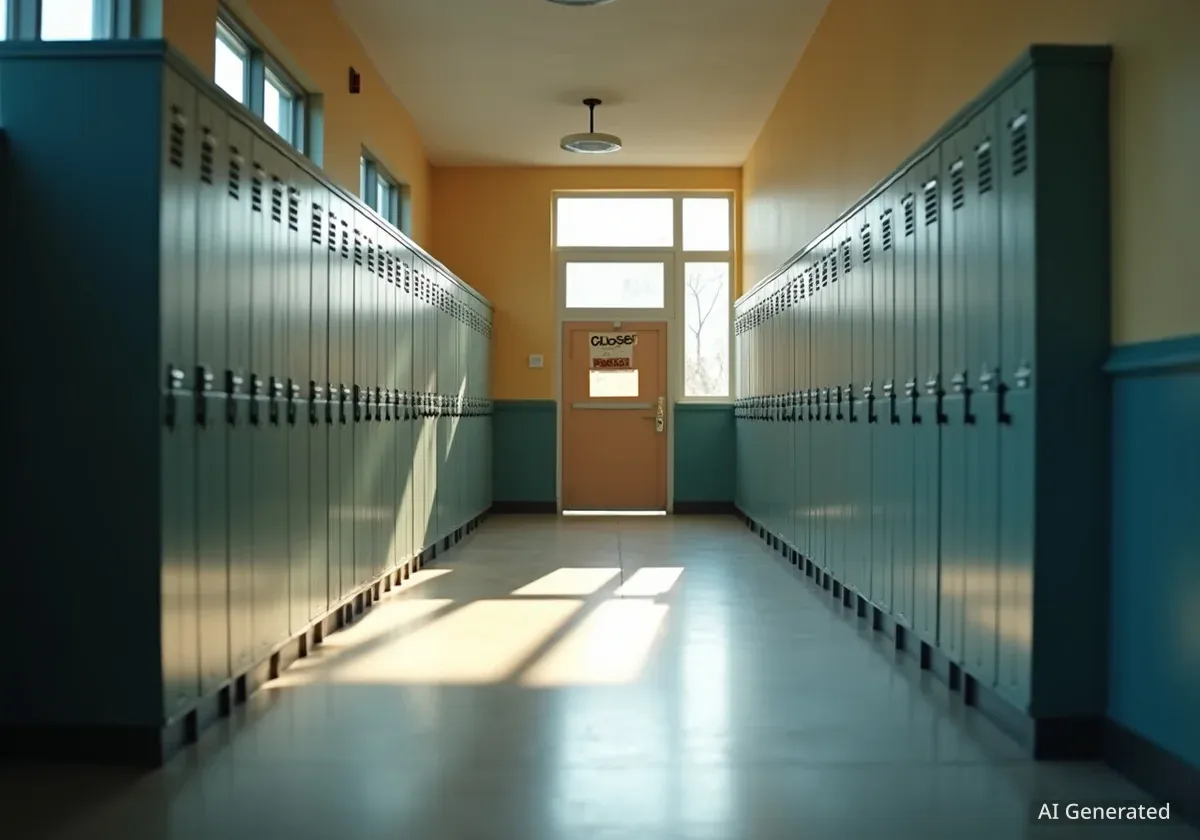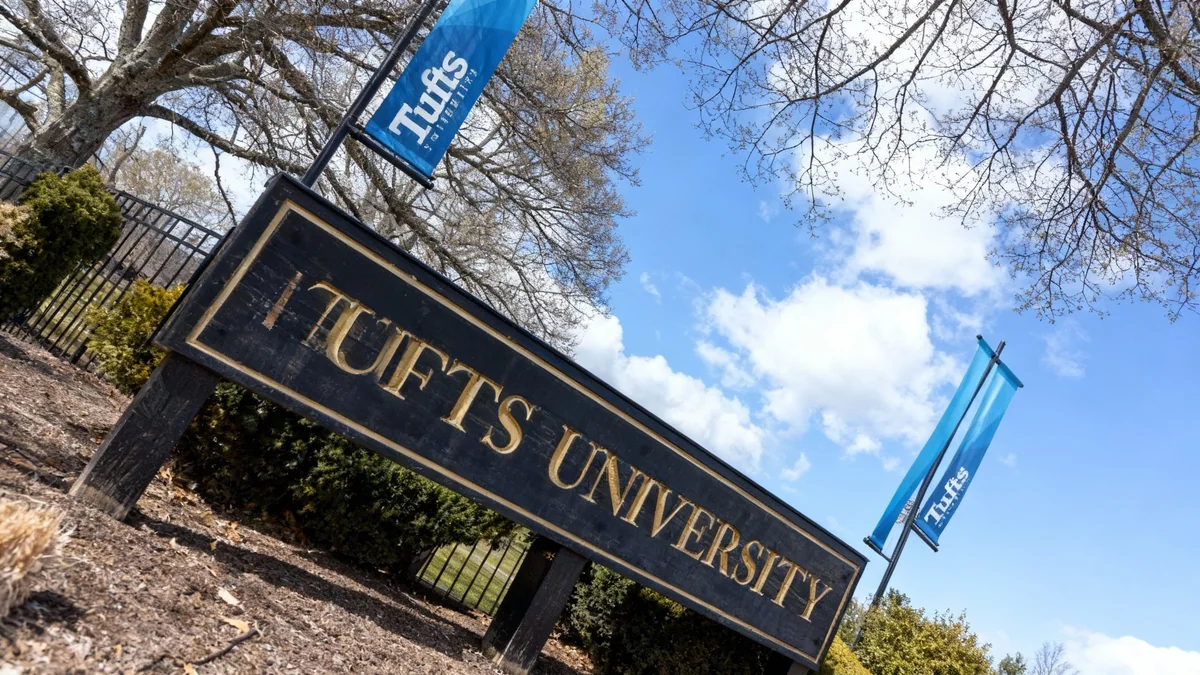The Pittsburgh Public Schools (PPS) board has voted against the district's Future-Ready Plan. This decision effectively stops the planned closure of nine school buildings. The vote followed nearly four hours of public testimony, revealing significant concerns among board members about the plan's impact on students and families.
Key Takeaways
- Pittsburgh Public Schools board rejected the Future-Ready Plan.
- Nine school buildings will not close as scheduled for the end of this school year.
- The decision pushes back any potential school closures to at least the end of the 2026-2027 school year.
- The district must now revise its budget, potentially facing a larger deficit.
- Three new board members will join soon, potentially reopening discussions.
Future-Ready Plan Faces Board Opposition
The Future-Ready Plan aimed to consolidate schools, redraw attendance zones, and shift all district schools to a traditional K-5, 6-8, and 9-12 grade model. District leaders stated the plan was crucial for changing the educational landscape and creating new opportunities within PPS. However, six of the nine board members expressed a lack of confidence in the plan's ability to benefit students and families in its current form.
Board president Gene Walker, who previously supported the plan, voiced his concerns. He stated that without broad board support, the superintendent and his team could not effectively implement the changes.
"It's my personal opinion that we are not in a space where we can properly support the superintendent and his team in this work," Walker said. "That is what he deserves and we should be able to give it to him. And I don't feel confident that we can at this point."
Delayed Closures and Budgetary Challenges
The vote means several school buildings will remain open for the foreseeable future. These include Manchester K-8, Schiller 6-8, Friendship PreK-5 (Montessori), Fulton PreK-5, Miller African-Centered Academy, Woolslair PreK-5, and the Student Achievement Center. Additionally, the planned closures of Spring Hill K-5 and part of Morrow K-8, set for the 2027-2028 school year, are also delayed.
Impact on School Buildings
The rejection delays the closure of seven school buildings immediately and two more planned for a later date. This decision gives families more time before any potential relocation or changes to their children's school environment.
Superintendent Wayne Walters confirmed that the district cannot proceed with the original timeline. Given the upcoming magnet lottery for families, any school closures will likely be postponed until the end of the 2026-2027 school year at the earliest.
Financial Implications for the District
The Future-Ready Plan was not only about educational reform but also about financial stability. It included measures designed to save the district millions of dollars. These savings were critical as PPS grapples with maintaining its financial reserves.
Earlier this month, PPS leaders introduced a $736.6 million budget for 2026. This budget was nearly $16 million less than the current year's budget. However, this projection depended heavily on the approval of both the school closures and a proposed 4% tax hike. Without these, the district was still expected to face a $12 million deficit.
Understanding the Budget Challenge
School districts often face declining revenues due to various factors, including decreasing student enrollment and stagnant local tax bases. Consolidation plans are frequently proposed as a way to reduce operational costs and balance budgets.
Superintendent Walters stated that administrators must now quickly draft a revised budget. This new budget will not include the anticipated savings from the closures. The school board faces a deadline of December 31 to pass a budget.
"Hopefully we don't have a surprised community, but of course there will be a larger deficit," Walters commented on the budget situation.
Path Forward Remains Unclear
During the meeting, board member Yael Silk attempted to amend the plan's timeline. Her motion to rewrite part of the resolution ultimately failed. Similarly, Board President Walker tried to table the vote before moving to reject the plan entirely. That motion also failed with a 5-4 vote.
Walker expressed his view that the district is now in a more difficult position. Board procedure dictates that the resolution can only return to the agenda if a board member who previously voted against it reintroduces the measure, or if a new board member does so.
"I think we're in a worse place today than when we started," Walker said. "We somehow made a cloudy and difficult conversation much more cloudy and much more difficult."
Three new board members are set to join the board on Monday. Their arrival could potentially shift dynamics and reopen discussions on the Future-Ready Plan or a revised version of it. The immediate future of Pittsburgh Public Schools' facility plans and financial stability remains uncertain following this pivotal vote.





